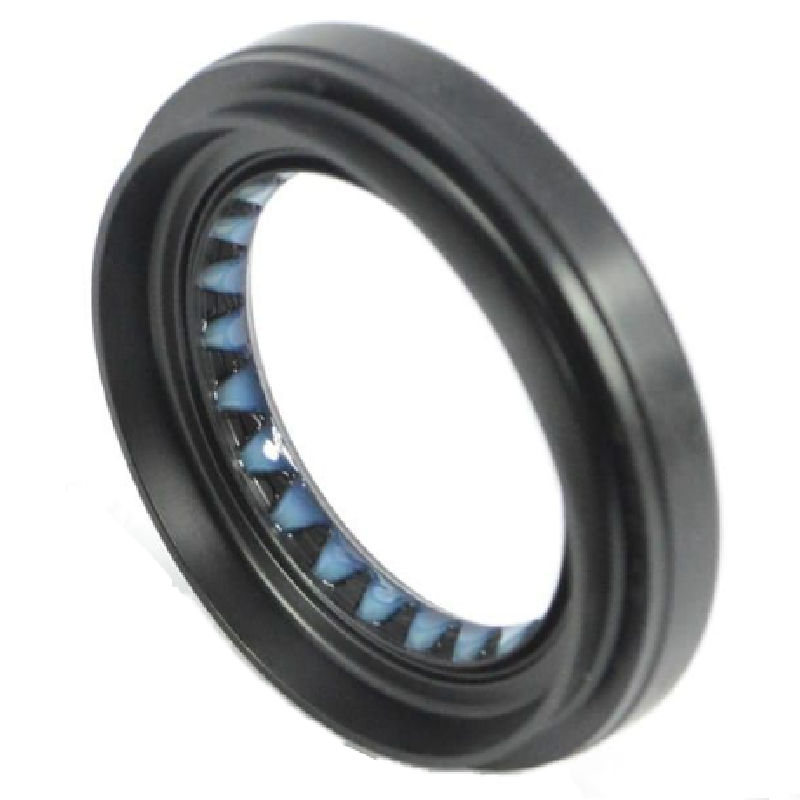Exploring the Applications and Benefits of Gasket Flat Designs in Engineering
The Gasket Flat An Essential Component in Mechanical Engineering
In mechanical engineering and machine design, the importance of gaskets cannot be overstated. Among the various types of gaskets used, gasket flats represent a crucial component that ensures the effective sealing between surfaces in a variety of applications. This article will explore the characteristics, functions, advantages, and applications of gasket flats, underscoring their significance within mechanical systems.
Understanding Gasket Flats
A gasket flat is a flat sealing element typically made from materials like rubber, silicone, or metal, designed to fill the space between two or more mating surfaces. The fundamental purpose of a gasket flat is to prevent leakage of fluids or gases under varying pressure and temperature conditions. Given their flat design, these gaskets can effectively adapt to complex surface geometries, ensuring a snug fit between components.
Characteristics of Gasket Flats
Gasket flats are designed with specific characteristics that enhance their performance and longevity. One of the primary features is their compressibility. When compressed between surfaces, the gasket flat deforms slightly to create a tight seal that compensates for any imperfections in the mating surfaces. This ensures a reliable seal, even in environments subjected to fluctuating pressures or thermal expansions.
Additionally, the material of the gasket flat plays a significant role in its functionality. Selecting the right material is crucial as it must withstand the operational environment—this includes resistance to heat, chemical exposure, and mechanical wear. Common materials include EPDM (ethylene propylene diene monomer), neoprene, and PTFE (polytetrafluoroethylene), each offering unique properties for different applications.
Functions of Gasket Flats
The primary function of gasket flats is to ensure a leak-proof seal between joining components
. Whether it’s an automotive engine, a plumbing system, or industrial machinery, gasket flats perform the essential job of keeping fluids and gases contained within the system. Beyond sealing, they also help to dampen vibrations and absorb shocks, protecting sensitive components from damage.gasket flat

Moreover, gasket flats can contribute to energy efficiency by minimizing leaks in systems that convey liquids or gases. In processes where maintaining pressure is crucial—such as in hydraulic systems or pneumatic applications—a well-designed gasket flat can significantly optimize performance and reduce wastage of resources.
Advantages of Using Gasket Flats
There are numerous advantages to employing gasket flats in mechanical systems. One significant benefit is their versatility. Gasket flats can be manufactured in different shapes and sizes, making them suitable for use in a myriad of applications. This adaptability allows engineers to tailor solutions to specific needs, ensuring a perfect fit regardless of the complexity of the design.
Another advantage is the cost-effectiveness associated with gasket flats. They provide an efficient sealing solution that is generally less expensive than alternative sealing methods, such as welded joints or machine finishes. Additionally, the ease of installation and replacement of gasket flats minimizes downtime during maintenance, leading to enhanced operational efficiency.
Lastly, gasket flats contribute to the overall reliability of mechanical systems. With a properly installed and maintained gasket flat, the risk of leaks is significantly reduced, promoting the durability and longevity of equipment. This reliability is crucial in industries where safety is paramount and equipment failure can lead to catastrophic consequences.
Applications of Gasket Flats
Gasket flats are extensively used in a variety of industries. In the automotive sector, they play a critical role in engine assembly, ensuring that coolant and oil do not leak and maintaining optimal operating conditions. In the manufacturing industry, gasket flats find applications in pumps, compressors, and heat exchangers. They are equally important in aerospace, marine applications, and household systems such as plumbing, where they prevent leaks in pipe fittings and fixtures.
Conclusion
In conclusion, gasket flats are an integral component of mechanical engineering, offering essential sealing solutions that enhance the functionality and reliability of various systems. Their ability to adapt to diverse applications while providing cost-effective solutions ensures their continued relevance in engineering and manufacturing sectors. As technology advances and demands evolve, the development of more efficient and durable gasket flat materials will undoubtedly support the quest for enhanced performance and sustainability in engineering practices.
-
Understanding the Front Main Engine Seal: Purpose, Maintenance, and Installation
News Jul.29,2025
-
Understanding O-Rings and Seal Rings: Types, Applications, and Custom Solutions
News Jul.29,2025
-
Understanding Crankshaft Oil Seals: Rear Seals, Pulley Seals, and Their Role in Engine Integrity
News Jul.29,2025
-
The Importance of Front and Rear Crankshaft Seals in Engine Performance and Oil Management
News Jul.29,2025
-
Crank Oil Seals: Functions, Types, and Cost Considerations in Engine Maintenance
News Jul.29,2025
-
A Comprehensive Guide to O-Rings and Seals: Types, Materials, and Global Applications
News Jul.29,2025
-
Mastering Diesel and Performance Engine Maintenance: A Guide to Critical Oil Gaskets
News Jul.28,2025
Products categories















